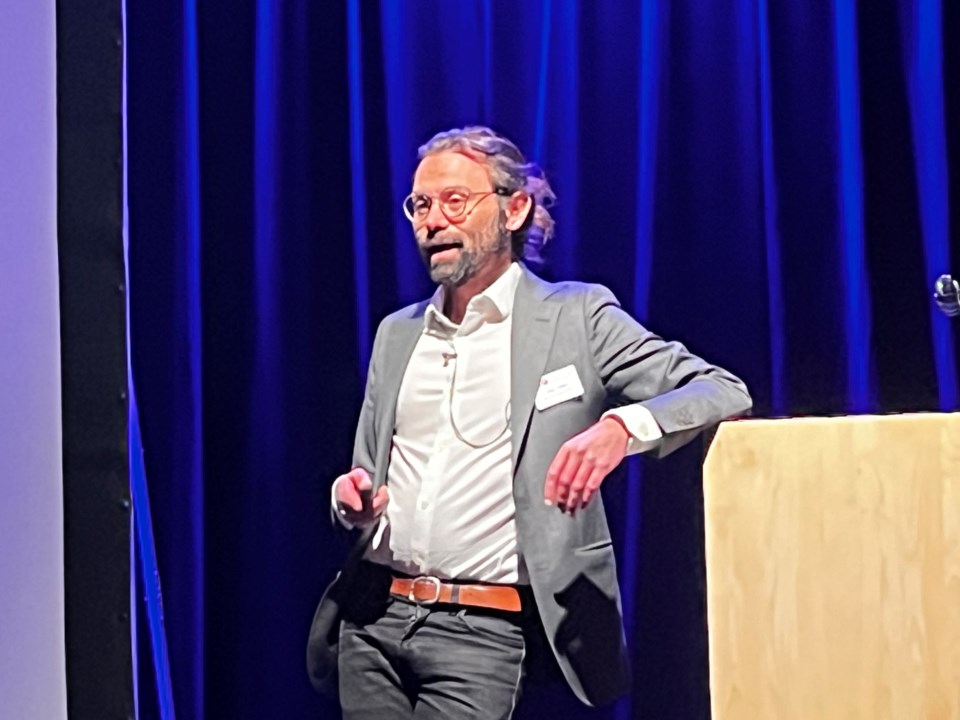The Longmont Chamber of Commerce created the People Powered event in 2023 to address shared concerns across Longmont’s business community.
“At the Longmont Chamber it is part of our mission to make sure that the businesses of our community have access to the resources they need for success, both immediate and long-term,” said Scott Cook, CEO of the Longmont Chamber.
The focus of the Wednesday event was on the economic and demographic changes happening across the state, in Boulder County and in Longmont.
In the decade between 2010-2020, Colorado saw a 14.8% increase in population growth most of which increased along the Front Range. Since 2020, the growth has slowed to around 0.5% each year. During the last few years, the counties in the Denver Metro area have lost more population with more people moving to eastern counties such as Weld County. Greg Totten, economist at the Colorado State Demographer’s Office, said forecasts predict the population growth to return to pre-COVID trends.
Colorado peaked in its natural increase — the number of births minus the number of deaths — in 2007. This number has been on the decline since then. In the previous decade, the state recorded 30,141 annual births and 65,289 deaths. Since 2020, annual births across the state has decreased to 16,234. Annual deaths have also decreased to 62,361.
The net migration — the number of people moving to or from Colorado — has decreased since the pandemic. In previous years, this number has hovered around 60,000 people. Since 2020, this number has fallen to around 20,000 people.
Boulder County saw almost no movement in its population in recent years, Totten said. He predicts that Boulder County will see more deaths than births around 2035.
“We (Colorado) historically has been dependent on people moving into the state to fill jobs,” Totten said.
The age of the population in Boulder County is also aging. Currently, the county’s population under 25 is 31.1%, 25-64 is 51.8% and 65+ is 17.2%. Other than the 65+ age group, the age demographics have decreased over the past 13 years. Totten predicts the 65+ group will continue to grow to make up 24% while the under 25 group will decrease to 27.2% and the 25-64 group to 48.9%. Both of the younger demographic groups make up Colorado’s job force, he said.



